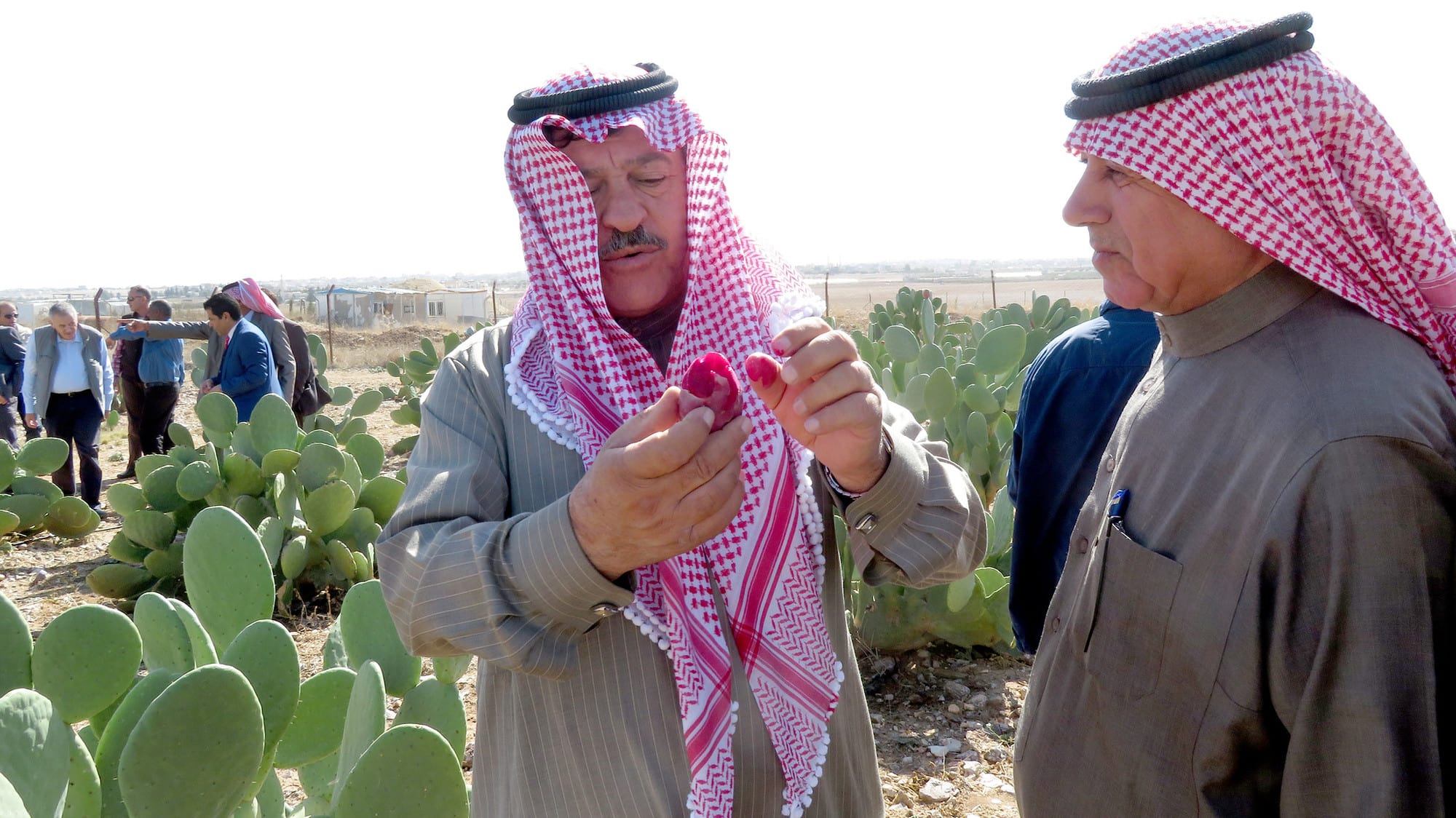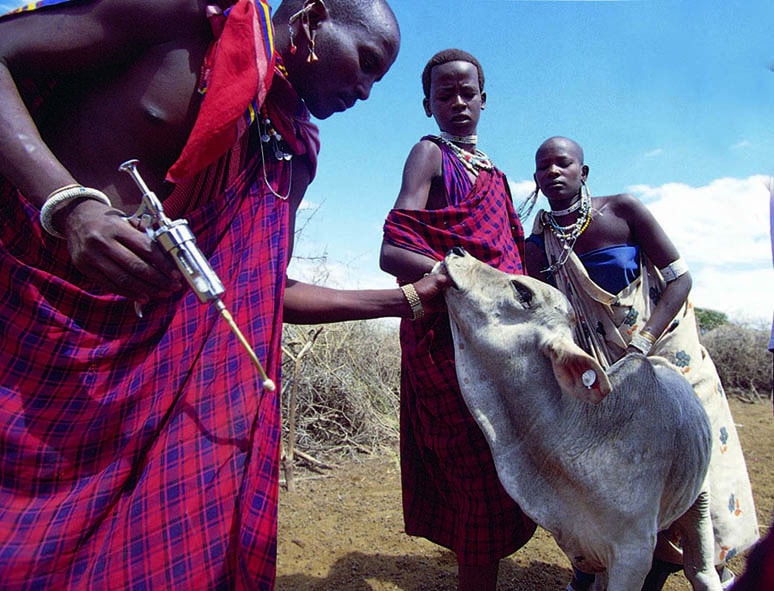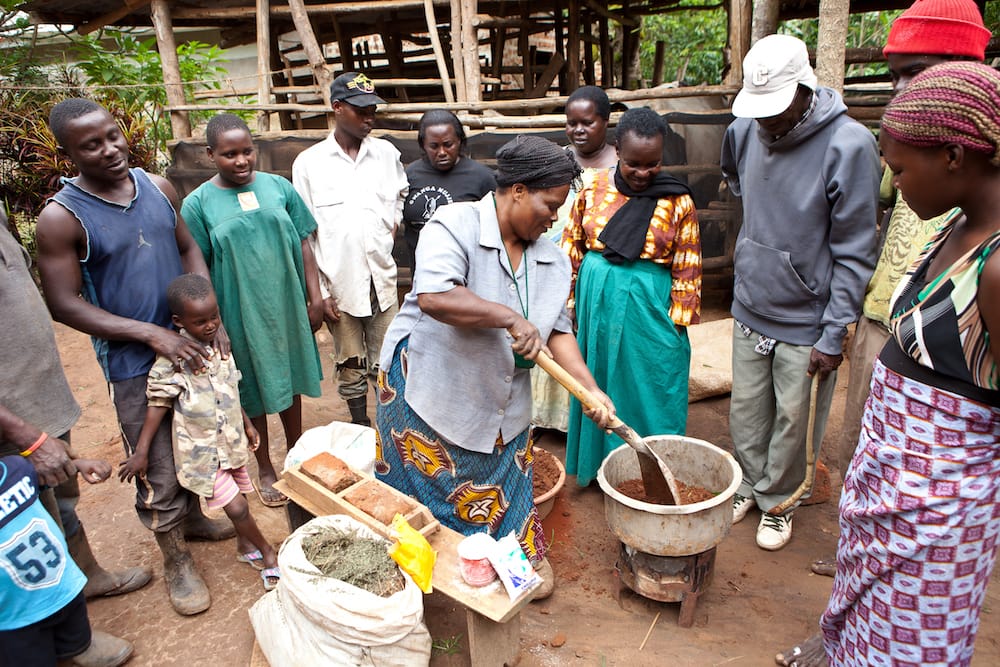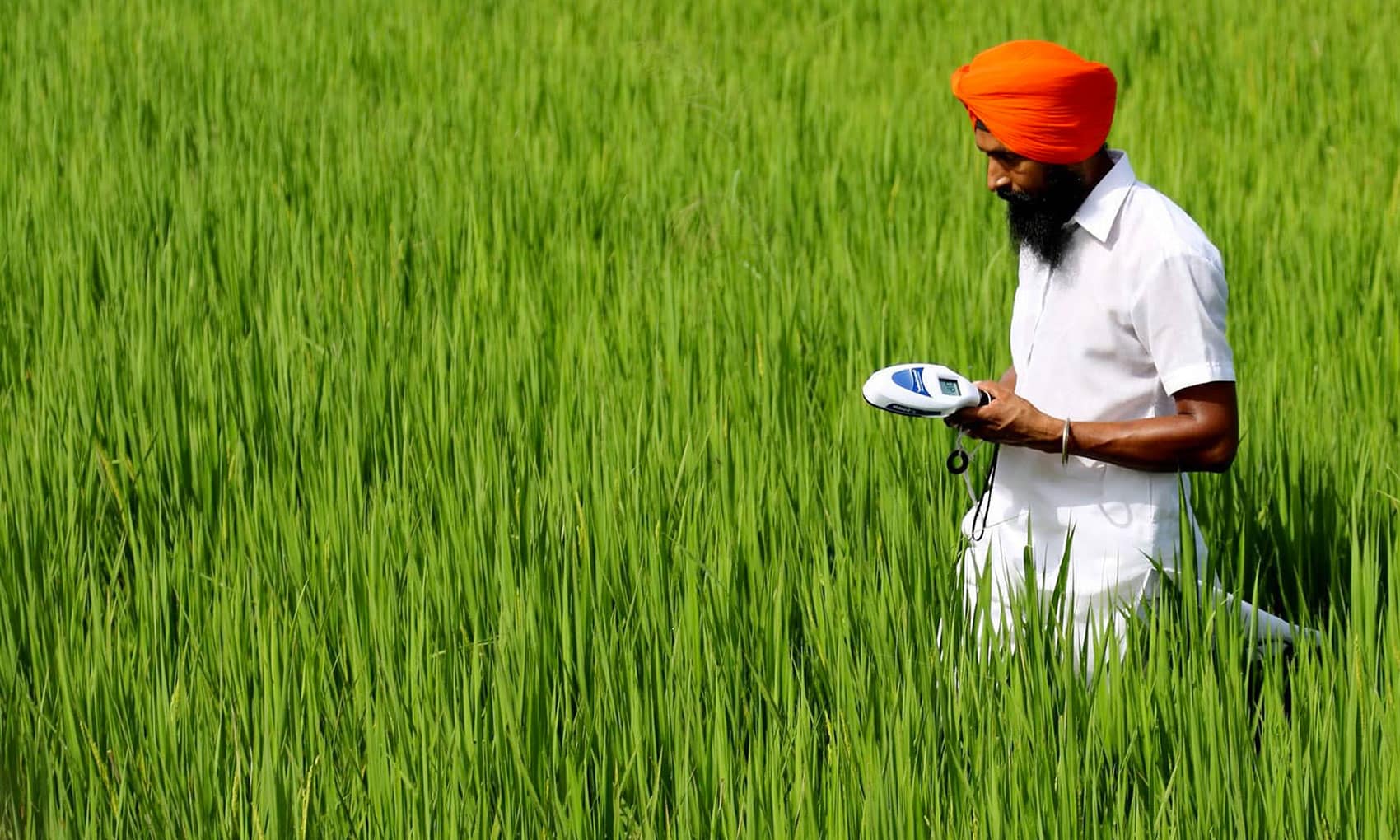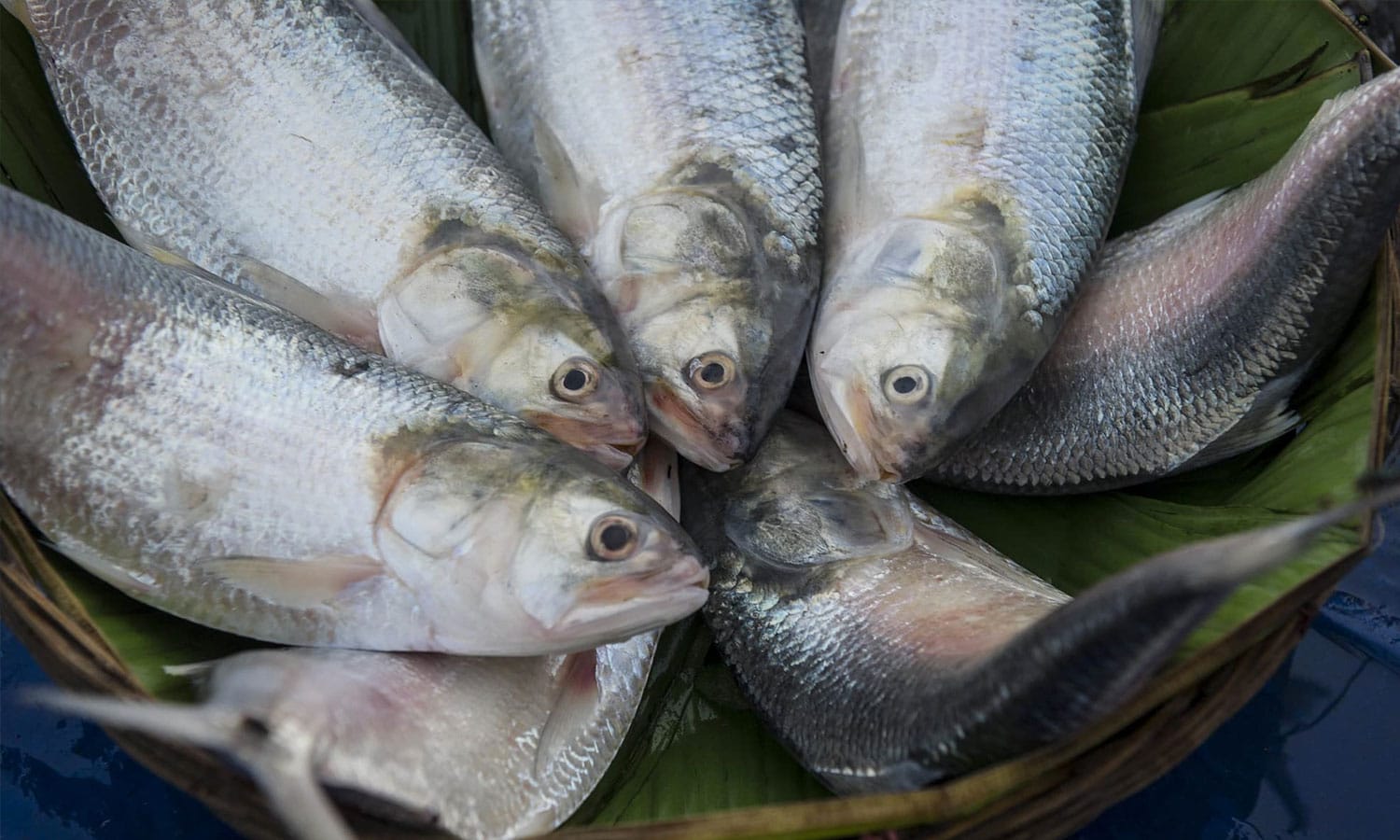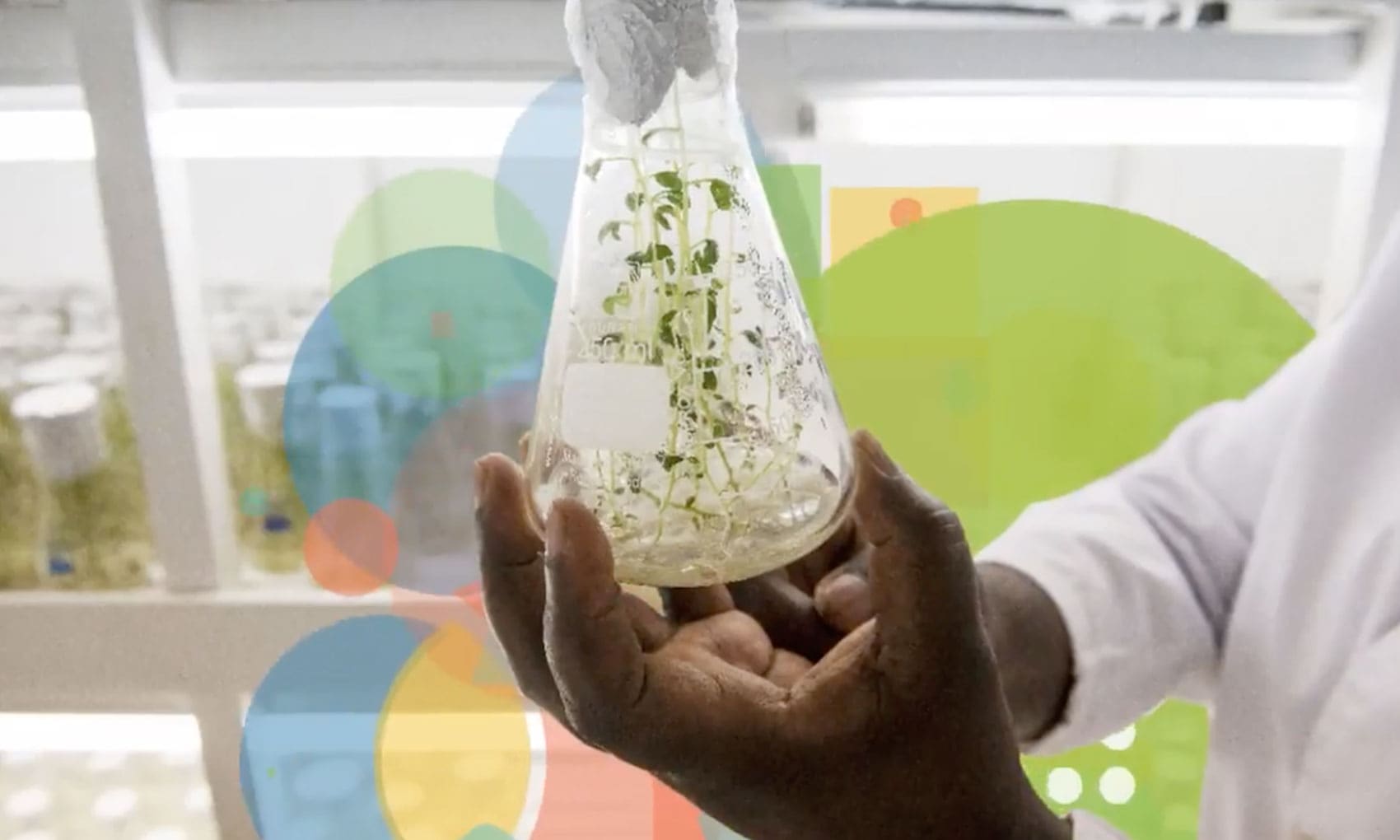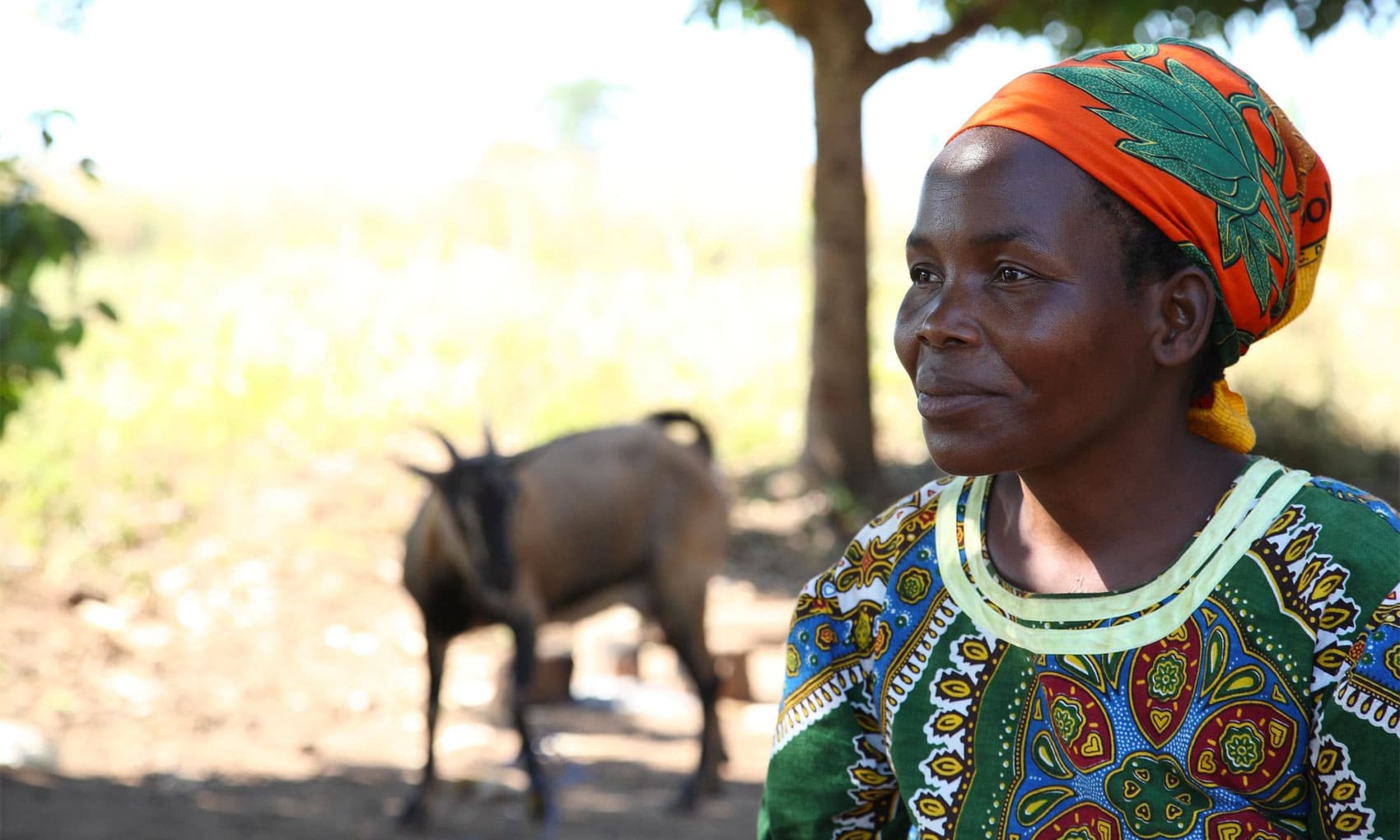Cactus pear, known in some desert areas as ‘green gold’ for its many uses, can grow in harsh, water-scarce conditions with limited to no input. Its fruit and stems, or cladodes, are rich in water and nutrients, making it a useful plant for consumption by animals and humans alike in dry climates.
CGIAR scientists at the International Center for Agricultural Research in the Dry Areas (ICARDA) were the first to research and scale up cactus pear as a crop that can be easily cultivated and utilized by millions of farmers in dry regions to improve nutrition, provide fodder reserve, and boost livelihoods.
Research began by assessing the adaptability of different cactus pear varieties across a range of agro-ecological zones, based on how well they grew and how often they bore fruit. The best adapted varieties were then multiplied, and a suite of best-bet agronomic practices was developed to guide healthy establishment and survival of cactus pear plants, and to maximize the productivity of their cladodes and fruits.
In partnership with national agricultural research systems (NARS), scientists then carried out wide awareness–building and capacity–development activities, including field days, social media campaigns and the production of a special documentary broadcast on national TV, with the aim of changing farmers’ perceptions, attitudes, and practices around cactus pear, while showing them the advantages of the plant as fodder reserve for livestock.
In some locations, replacing green fodder with cactus pear has resulted in 30% extra milk yields from livestock
Cactus pear is now a highly promising crop across dry areas in the Middle East, North Africa, and in India. In some locations, it has replaced up to 35% of less hardy, unreliable, green fodder, especially during drier periods, resulting in 30% extra milk yields from livestock.
Several cactus pear nurseries have been launched across India and Jordan, and an awareness outreach program has been established to inform decision–makers, government officials, and farmers beyond the CGIAR sphere of influence about the crop’s importance. Studies with farmers in India and Pakistan indicate that 90% of responders are eager to begin growing the plant.
FAO-ICARDA CactusNet, an International Technical Cooperation Network on Cactus Pear, has been established in partnership with the Food and Agriculture Organization of the United Nations (FAO). Through the network, ICARDA facilitates business development “entrepreneurship” by sharing experiences from all over the world in all aspects of cactus use, including for medicinal and food purposes.
A Google Earth Engine (GEE) map has also been developed and trialed by researchers to show suitable areas for cultivation of the plant across India, a technology that can now be applied to any country and crop. A safer, more practical, and more cost-effective cactus pear chopper has also been designed to speed up harvesting and ease incorporation of cactus pear into livestock diets.
Header photo: A farmer tastes the red fruit of the cactus pear in Madaba, Jordan. Photo by S. Hassan/ICARDA
Links & further reading
 Publication: Adoption and Utilization of Cactus Pear in South Asia - Smallholder Farmers’ Perceptions
Publication: Adoption and Utilization of Cactus Pear in South Asia - Smallholder Farmers’ Perceptions
 Publication: Root growth and soil carbon turnover in Opuntia ficus-indica as affected by soil volume availability
Publication: Root growth and soil carbon turnover in Opuntia ficus-indica as affected by soil volume availability


